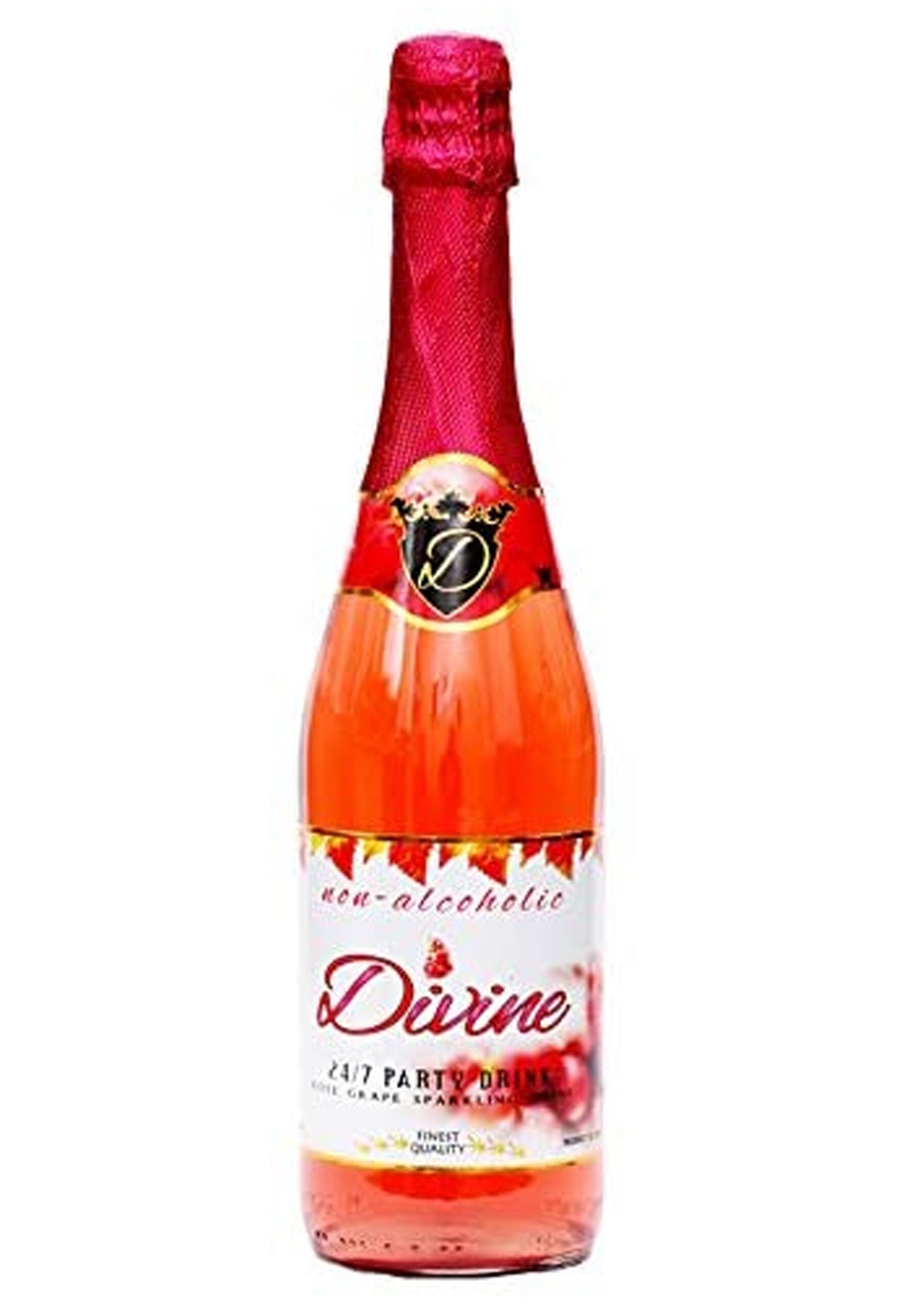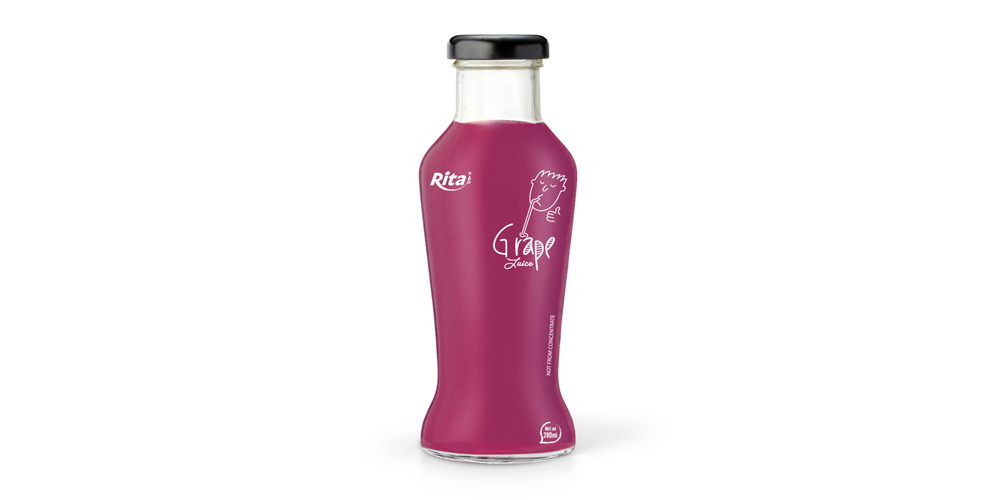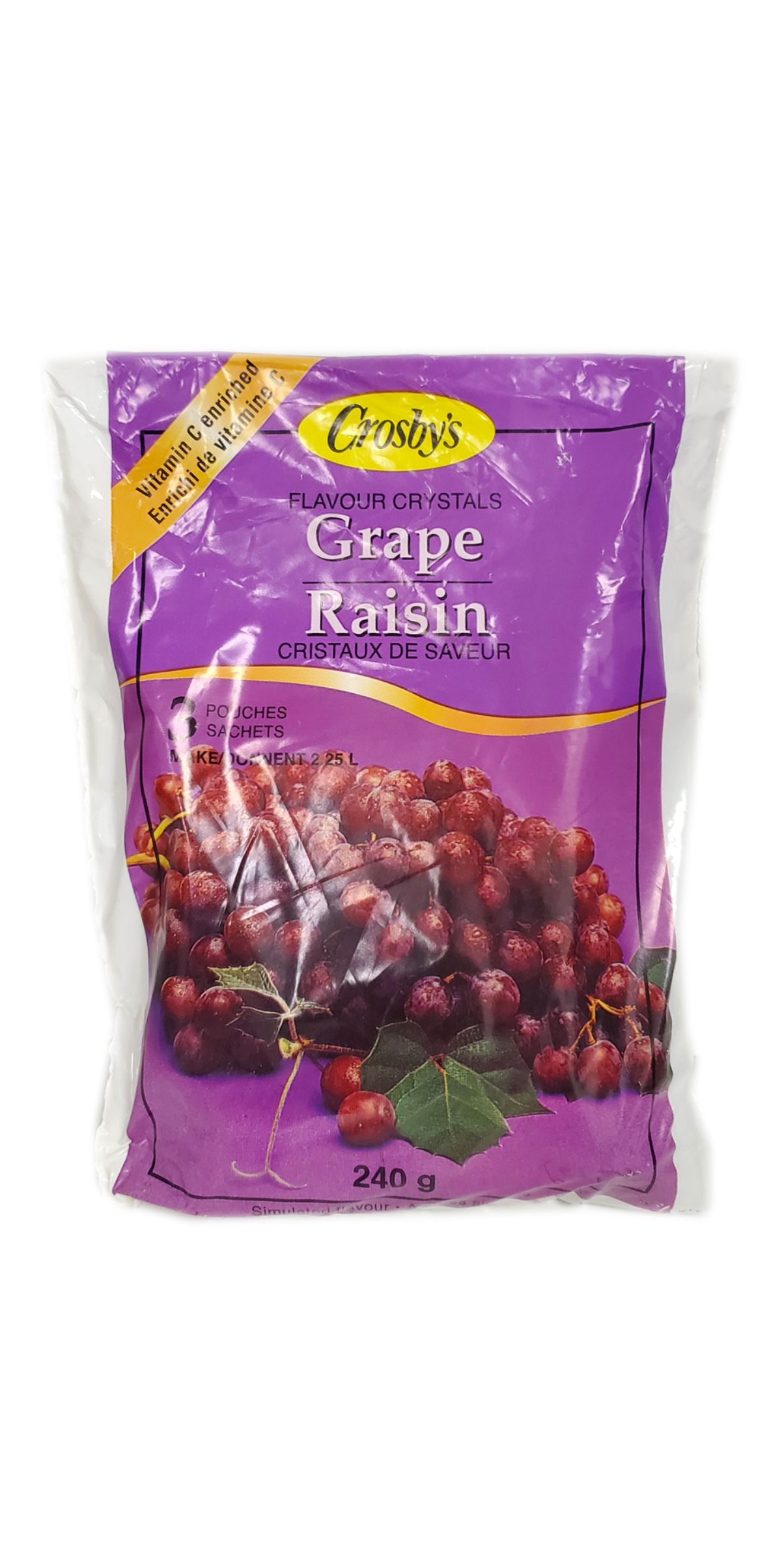
Sparkling Dark Grape Juice Samuel Art Flower Flower Delivery Brisbane
Prepare the juice by crushing the grapes, adding 1 cup water per gallon of crushed grapes, and simmering for 10 minutes. Strain the juice as for canned grape juice above and allow to stand overnight in the refrigerator for tartrate crystals to settle to the bottom. Pour off the clear juice. Pour juice into containers, leaving adequate head.

Ice Crystals of Frozen Red Grape Juice Stock Image Image of
Crystals could be tartrate crystals—these are found in grape juice that has not been allowed to settle and strained. Bubbles in my jelly: Trapped air in the jelly—remember to skim foam before filling jars. Fill jars quickly to prevent partial gelling before jars are filled. Bubbles may be an indication of spoiling. If the bubbles are moving.

Is Grape Juice Good For Hyperthyroidism Simply Healthy Vegan
How to Eliminate the Crunchy Bits. After you've strained the fruit and collected the juice, pour the juice into containers, cover them, and refrigerate for 24 - 48 hours. I've read suggestions that 12 - 24 hours is enough, but I've found many more additional crystals form after the initial 24 hours, so go for the full 48 if you can.

An intensely grape juice purple amathyst cluster famous finds 1991
The first step in making wild grape jelly is extracting the juice. Generally, for jelly you place the fruit in a saucepan or stock pot with a small amount of water, and then gently heat while mashing the fruit with a potato masher. After about 5 to 10 minutes of simmering, the fruit has fallen apart and is ready to be strained.

Cook like Priya Grape Juice Recipe Easy Fruit Based Juice Recipe
Ladle the grape jelly into prepared jars, leaving 1/4 inch headspace. Store in the refrigerator for a refrigerator jam and use within 3-4 weeks. If canning, process in a water bath canner for 10 minutes if under 1,000 feet in elevation. Add 1 minute to the processing time for every additional 1,000 feet.

Divine Sparkling Rose Grape Juice 750ml LifeSource Christian
It allows sediment to settle, and, it deals with "tartrate crystals" : "During storage white crystals often form in the bottom of the jar. They are tartrate crystals and are harmless. However, you can prevent tartrate crystals by allowing the prepared juice to stand 24 to 48 hours in the refrigerator." [1] Grapes and Grape Juice. Penn.

Ice Crystals of Frozen Red Grape Juice Stock Photo Image of micro
1) Follow these directions to freeze grape juice (for jam or jelly): Wash, remove stems and crush grapes. Add 1 cup water per gallon crushed grapes. Simmer for 10 minutes. Strain juice through a jelly bag. Let juice stand overnight in a refrigerator or other cool place while sediment sinks to the bottom. Pour off clear juice for freezing.

Ice Crystals of Frozen Red Grape Juice Stock Image Image of beverage
Crystallization in grape juice occurs when the sugar concentration exceeds the solubility limit, causing the sugar molecules to form crystals. The process involves the nucleation of sugar crystals, followed by their growth and aggregation. The composition and conditions of grape juice create an environment conducive to crystallization, leading.

Orange Crystals Grape Image & Photo (Free Trial) Bigstock
Tartaric acid is a white, crystalline organic acid that occurs naturally in many fruits, most notably in grapes, but also in tamarinds, bananas, avocados and citrus. Its salt, potassium bitartrate, commonly known as cream of tartar, develops naturally in the process of fermentation.It is commonly mixed with sodium bicarbonate and is sold as baking powder used as a leavening agent in food.

Ice Crystals of Frozen Red Grape Juice Stock Photo Image of bizarre
Measure juice into a kettle. Stir in sugar. Place on high heat and, stirring constantly, bring quickly to a full rolling boil that cannot be stirred down. Add pectin and heat again to a full rolling boil. Boil hard for 1 minute. Remove from heat; skim off foam quickly. Pour jelly immediately into hot, sterile canning jars to 1/4-inch from top.

Fruit Drinks 280ml glass bottle Grape Juice
Formed from the tartaric acid naturally present in grapes. To minimize crystal formation, let the freshly extracted grape juice stand in the refrigerator for two to five days. Pour or decant and strain the clear juice again through a jelly bag or coffee filter before making the jelly. Dark surface. Air in jar.

tune 'n fork Homemade Grape Juice
Measure out 4 cups of the juice into a large saucepan. Add the lemon juice, calcium water, and stir to mix well. Bring juice to a boil over medium-high heat. Add the pectin-honey mixture and stir to dissolve. Continue stirring until the jelly comes back to a boil. Once it boils, remove from heat and skim off foam.

32330 CROSBY JUICE CRYSTALS GRAPE 32/240g Worldwide Food Distributors
By Luke LaBorde, Ph.D., Andy Hirneisen, MA, Martha Zepp. Learn about the typical ingredients used in home food preservation recipes, such as water, salt, sugars, thickening agents, and alternatives. Crystal formation in jam and jelly can occur for a number of reasons. Good procedure as discussed in the video will help prevent this from occurring.

GRAPE DRANK Rocks and crystals, Ejuice, Crystals
Diagnose your sticky problem. Formation of crystals: The cause is likely excess sugar, undissolved sugar sticking to sides of the saucepot, tartrate crystals in grape juice, or the mixture was cooked too slowly or too long.To prevent: Use a tested recipe and measure ingredients precisely. Dissolve all sugar as jelly cooks (If necessary, wipe side of pan free of crystals with damp cloth before.

Grape Rock Candy Stock Photos Free & RoyaltyFree Stock Photos from
Place into a pot and crush the grapes to release all their juice. Add enough boiling water to cover grapes and bring to a simmer. Simmer the mixture for 10 minutes until the grape skins have softened. Strain this mixture through a jelly bag (or multiple layers of cheesecloth).
Unstuffed Wild Grape Juice
While the crystals pose no food safety risk, they are certainly unwanted when preparing grape juice, syrup, jams, jellies, and even wine. Tartrates in wine are known as wine diamonds and may appear as salt crystals, glass shards, or fine dust in a bottle or glass of wine—visual defects that the wine industry works hard to prevent.